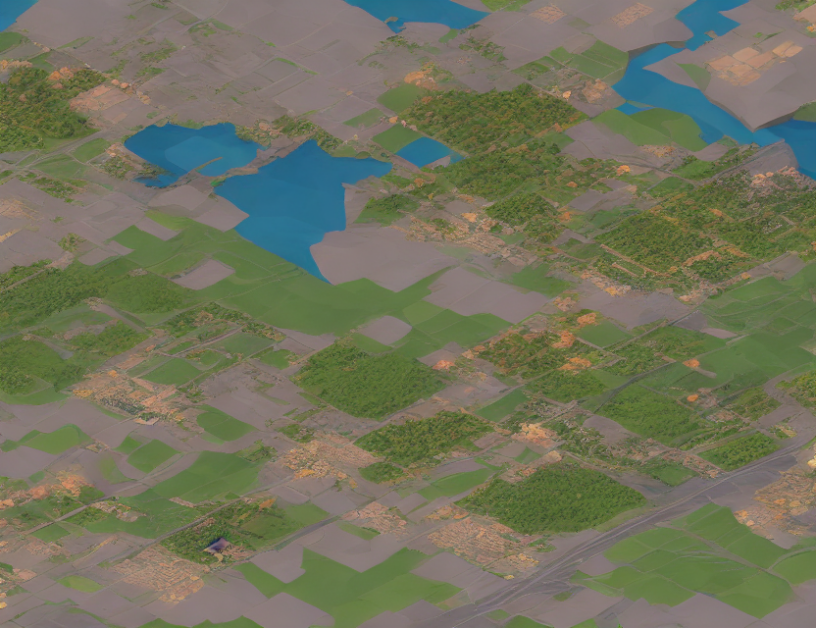Imagine you’re a detective tasked with solving a complex crime scene. The evidence is a mess of scattered papers, tables, and images, all jumbled together. To make matters worse, some of the tables are distorted, rotated, or even completely upside down. Traditional OCR (Optical Character Recognition) methods struggle to handle such complex table structures, leading to errors and inefficiencies. That’s where this article comes in, presenting a novel approach to transforming messy tables into structured formats using graph-based models.
Graph-Based Models
Think of a graph as a web of interconnected nodes and edges. In the context of table recognition, each node represents a cell or table component, while the edges connect them according to their spatial relationships. By analyzing these relationships, graph-based models can reconstruct complex table structures from distorted, rotated, or even completely upside down images.
Detection-Based Models
Picture this: you’re trying to find a specific object in a cluttered room. Detection-based models for table recognition work similarly, scanning through the image to detect individual cells or table components directly. These models are more straightforward than graph-based approaches but may struggle with tables that have complex structures or layouts.
TSR Studies
TSR (Table Structure Recognition) studies aim to transform messy tables into structured formats, making them easier to analyze and extract useful information. These studies can be categorized into three groups based on their problem formulations: detection-based models, image-to-sequence models, and graph-based models.
Conclusion
In conclusion, this article introduces a novel approach to transforming messy tables into structured formats using graph-based models. By analyzing the spatial relationships between table components, these models can accurately recognize complex table structures even when the images are distorted or rotated. With the rise of digital documentation, TSR studies have become increasingly important for automating data analysis and unlocking the secrets of tabular data.



